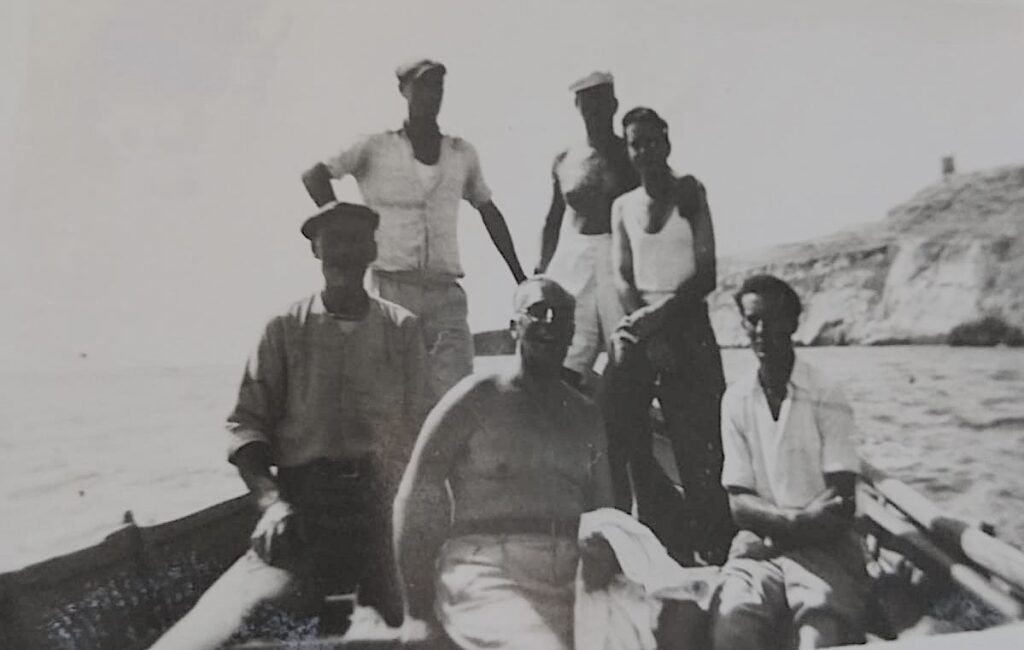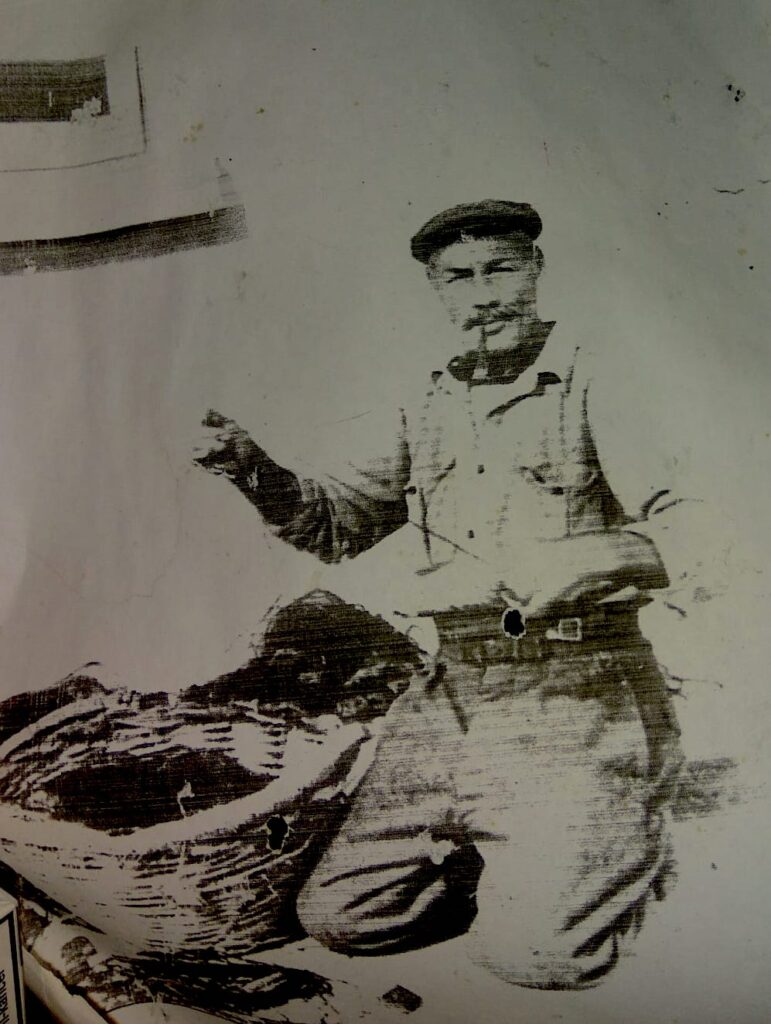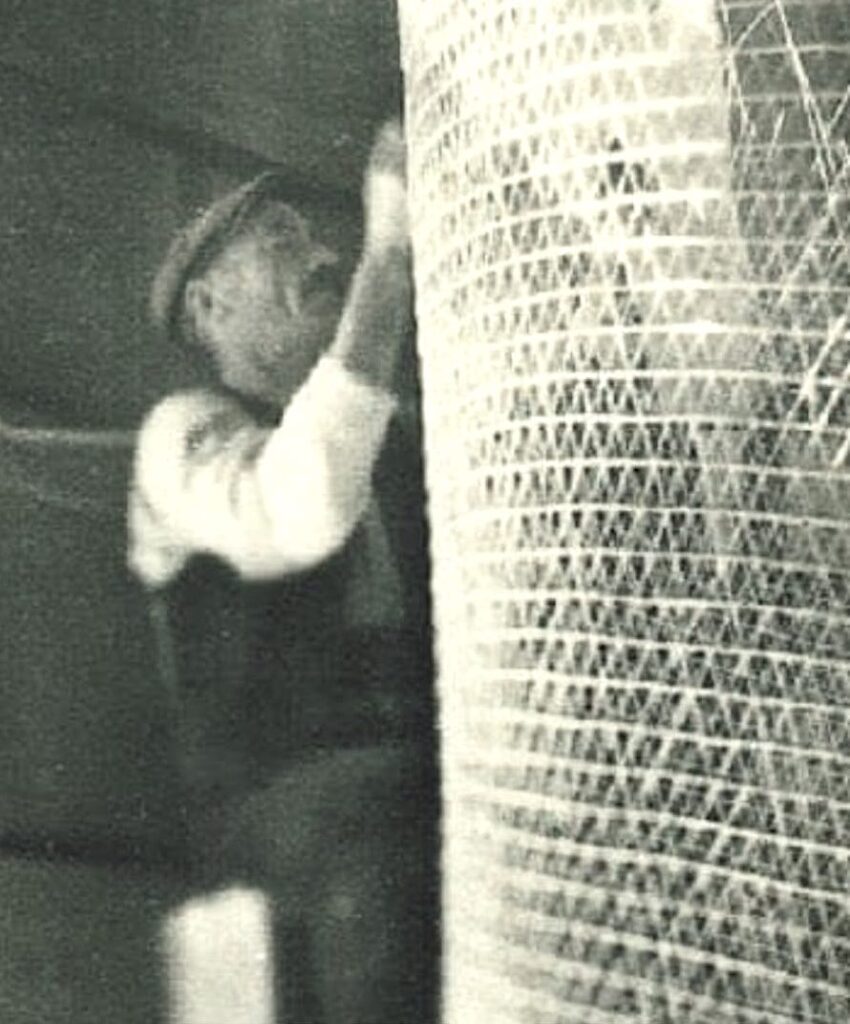Fishing in 1960s Żurrieq
Lonzu D’Amato
Image: Guido Stilon collection
Lonzu D’Amato
A few visitors to our Malta in Transition exhibition by Guido Stilon recognised friends and family members in some of the photographs.
Ann Marie D’Amato recognised her great-grandfather, Lonzu D’Amato in a photograph of fishermen laying out their nets alongside the road leading down to Wied iż-Żurrieq in the early 1960s.



Born in 1895, Lonzu D’Amato was born and raised in Żurrieq, and lived there until his death at the age of 86. He and his wife Catherine had five children; Joseph, Ninu, Leli, Xandru, and Salvina. Sadly, Salvina died tragically at the age of 16 in an incident at Wied iż-Żurrieq. The story goes that an unexploded mine had been found by a village man, near the Grotto known as ‘il-Ħnejja’. He carried the mine to his warehouse where it exploded taking his life, along with that of one of his children, and the young Salvina who had been sewing on the doorstep at the time.
Lonzu made a living as a fisherman, and also farmed the land whenever the sea was too rough. One of his grandchildren recalls that ‘Nannu Lonzu’ raised his family by fishing from a kajjik with oars and sail; “I remember going inside those huge cane nets as we passed the needle whilst fixing the damaged parts.”
Guido’s camera captured the fishermen at work with the island of Filfla in the background. The shot captured the moment Lonzu stares into the lens – a moment made timeless as he looks at us from across the sea of time.
Charlo Pisani

These were 3 brothers. First one on the right is Alonzo known as Lonzu. He was a well built fellow. The middle one is Michelangelo known as Kalanġ. He was a chain smoker and a very reserved fellow. The first on left is Francis known as Frenċ, the smartest of the three. Their boat was burned out at Marsa where it was moored near the Salvatore Caruana warehouse. Later they had another one which was kept at Wied Żurrieq.
Raymond Zammit
